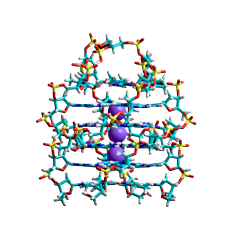
The first stage of HIV infection requires the entry of HIV virus into host cells. This stage involves the sequential interaction of the virion surface glycoprotein gp120 with the CD4 glycoprotein and a chemokine receptor on the host cell surface. The importance of gp120 in HIV entry and pathogenesis have led to the recent pursuit of drugs targeted against it. One of the most studied alternatives is the use of aptamer technology. The aim of the project is to enhance the anti-HIV activity of so far discovered DNA aptamers, as well as to synthesize new anti-HIV aptamers by exploiting the Tetra-End-Linker strategy proposed by us in 2004.
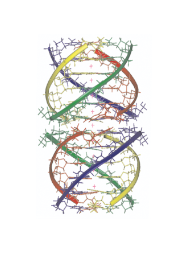
In the last few years, several papers describing the higher order packing of intramolecular or intermolecular DNA quadruplexes have been published. Particular attention has been devoted to the understanding of mechanisms responsible for the self-organization of human telomeric DNA into higher ordered G-quadruplex structures. Understanding and controlling the mechanisms of higher order structure formation is precious for shedding light on the in vivo role of quadruplex DNA as well as for the design of supramolecular DNA structures provided with pharmacological activities or suitable for novel nanotechnology applications.
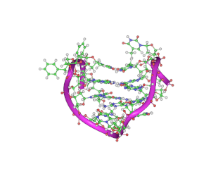
Aptamer technology has been efficiently employed to obtain new direct thrombin inhibitors by selecting thrombin-binding oligonucleotides. The first reported consensus sequence able to inhibit thrombin activity was the 15-mer oligonucleotide GGTTGGTGTGGTTGG, usually known as TBA (thrombin-binding aptamer). In the presence of thrombin and/or monovalent cations TBA folds into a specific three-dimensional structure that dictates its thrombin-binding affinity. The aim of this project is the synthesis and the structural study of new chemically-modified analogs of TBA provided with higher anti-thrombin activity.
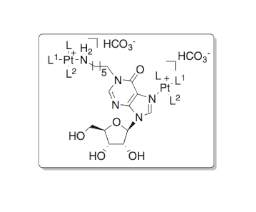
Studies conducted during the last two decades demonstrated that cross-resistance to cisplatin and its analogs can be overcome using polynuclear platinum complexes. The aim of this project is the solid-phase-synthesis of new polynuclear platinum complexes in which the platinum moieties are conjugated to nucleoside and nucleotide antimetabolites.
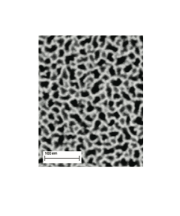
With this project, we aim to contribute to the development of more efficient DNA chip technology for applications in the areas of social interest, such as gene expression analysis, medical diagnostic, and personal therapies, by foster the use of label-free DNA chips obtained by the direct synthesis of oligonucleotide strands on porous silicon structures.
SYNTHESIS AND BIOLOGICAL EVALUATION OF SMALL ORGANIC MOLECULES PROVIDED WITH ANTICANCER OR ANTIVIRAL ACTIVITY
